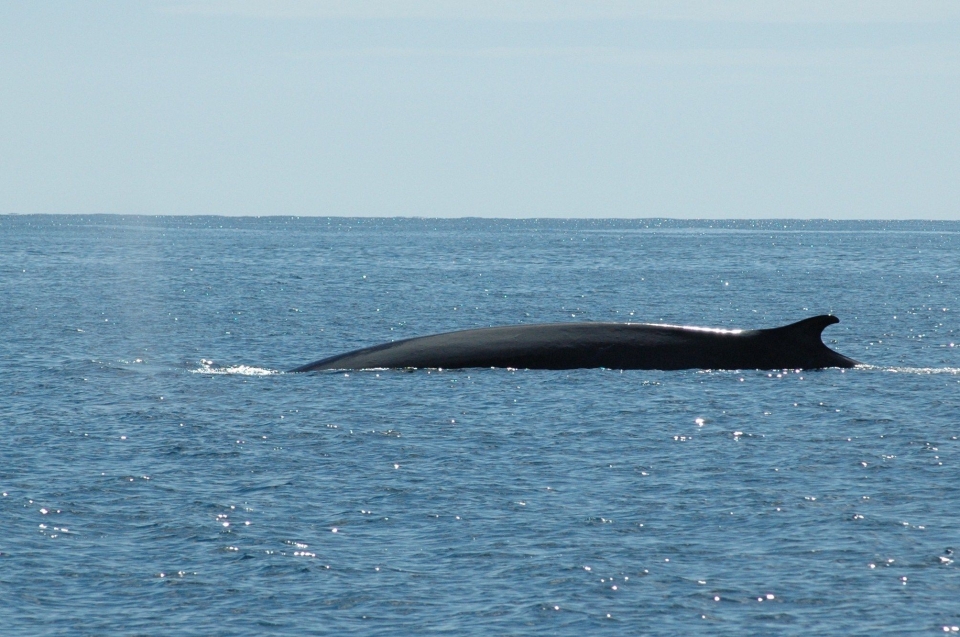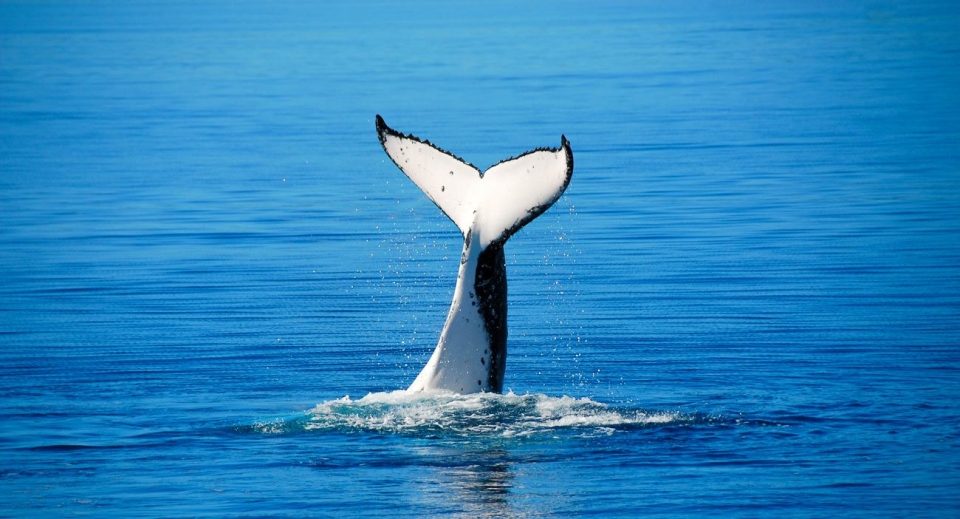
These ocean giants, along with other marine mammals like dolphins or orcas, are strategically distributed from spring to summer across various points of Spanish geography. Many companies already offer this activity among their wide range of options. Here are the best areas to spot them.
1. South of the Canary Islands
Undoubtedly the best place in the country to see them. It’s one of the few locations where sightings of these marine giants are possible almost all year round (December and January are the worst months). Of the 85 documented species, 27 can be observed in these waters.
Why? Because it’s a transit zone where cold and tropical waters mix.

There are numerous companies offering this activity, so we encourage you to contact them for more information. You can also spot them in the southern areas of La Palma or La Gomera, as well as across almost the entire archipelago—though these are perhaps the prime spots for cetacean sightings.
2. Rías Baixas
Galicia is another of Spain’s highlights, especially for dolphins. Did you know the Galician coast has one of the largest populations of bottlenose dolphins and harbour porpoises in all of Europe? You’ve surely seen videos or photos from friends or family sailing with dolphins alongside their boats or captured from the shore in this part of Spain, right? Check out the video:
Summer is the best time of year for dolphin sightings, particularly around The Atlantic Islands. Here, you can request information from companies that run excursions to spot these animals.

3. Cantabrian Sea
The Basque Country coast also offers trips for this purpose. Offshore, you might spot beaked whales, sperm whales, and even orcas if you’re lucky. Once a region with a whaling tradition, today the only goal is observing these giants. Here, you can learn about all the companies running such excursions.

Around 30 species have been recorded in this area, so if you’re lucky—especially in spring and summer—it’s one of the busiest transit zones in the country.
4. Alboran Sea (Strait Zone)
In the southern part of the peninsula, specifically the Strait area, orca sightings are a highlight. These marine giants, which can grow up to 8 metres long, pass through these waters while following bluefin tuna. Additionally, various dolphin species are also easily spotted here.

The stretch from Cabo de Palos to Cabo de Gata also has a high concentration of whales and dolphins. If you’re visiting this area and are interested in cetacean watching, don’t miss the chance to check out these companies.
Now that you know the best areas to spot whales and dolphins in Spain, are you really going to miss out?
















